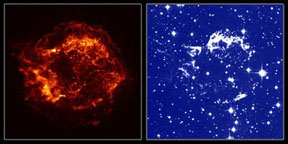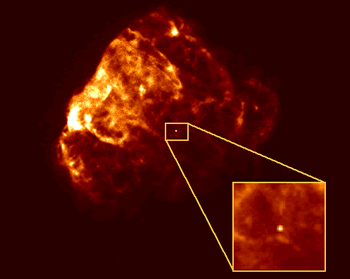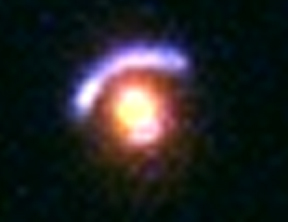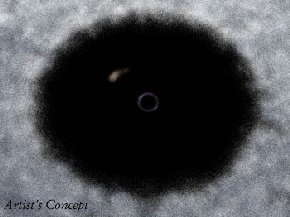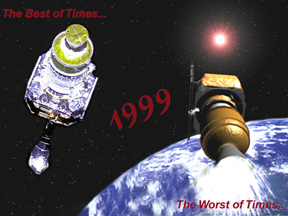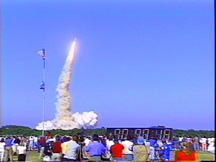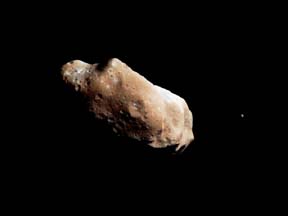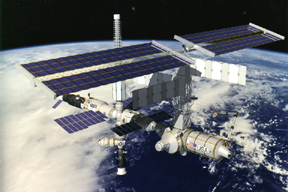Click on image for full size
Courtesy of NASA and the SAO Chandra X-ray Center
Related links:
NASA Reveals First Images from Chandra
News story originally written on August 27, 1999
NASA recently revealed a few of the many images that will come from its newest telescope. Since first being deployed July 23, the Chandra X Observatory has functioned perfectly. It first made a series of engine firings, before finally reaching its current orbit. The sunshade was opened, and now the images are starting to fly in.
The results are breathtaking. Included in the inaugural set are images of a gigantic exploding star and a lightning quick X-ray blast flying through outer space. Scientists are already reaping the results of this expensive project; a possible neutron star or black hole that has never been discovered was found inside the stellar cloud.
"When I saw the first image, I knew that the dream had been realized," said Dr. Martin Weisskopf, Chandra Project Scientist, NASA's Marshall Space Flight Center, Huntsville, AL. "This observatory is ready to take its place in the history of spectacular scientific achievements."
NASA hopes this one discovery is just a glimpse of what's to come. They believe the powerful instrument will reveal black holes hiding throughout the universe. The Chandra takes images using X-rays instead of visual light. X-rays travel at a much higher frequency, and are usually released by extremely hot objects. Many of these objects cannot be seen with visual light, which means the Hubble Space Telescope cannot see them.
"Chandra will help to confirm one of the most fascinating theories of modern science -- that we came from the stars," said Professor Robert Kirshner of Harvard University. "Its ability to make X-ray images of comparable quality to optical images will have an impact on virtually every area of astronomy."
The Chandra has other characteristics which are different from Hubble. While the Hubble has a rather circular orbit close to Earth, Chandra follows an elliptical orbit, which sends the telescope to distances between 6,000 and 86,400 miles from Earth. Furthermore, it was named after Subrahmanyan Chandrasekhar, an Indian-American physicist who won a Nobel Prize in 1983.


